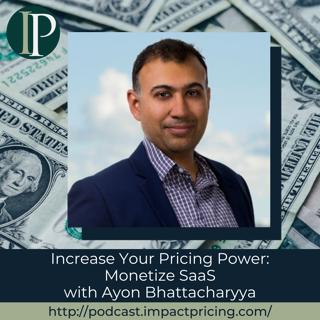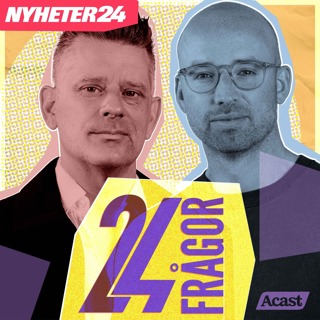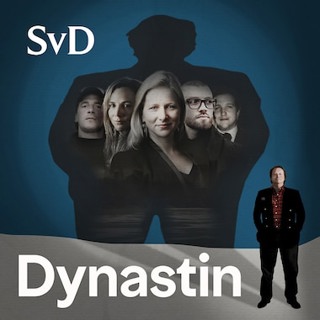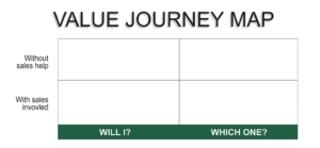
Blogcast #64: Buyer’s Value Journey Map
This is an Impact Pricing Blog published on June 15, 2022, turned into an audio podcast so you can listen on the go. Read Full Article Here: https://impactpricing.com/blog/buyers-value-journey-map/ If you have any feedback, definitely send it. You can reach us at mark@impactpricing.com. Now, go make an impact. Connect with Mark Stiving: Email: mark@impactpricing.com LinkedIn: https://www.linkedin.com/in/stiving/
22 Juli 20222min
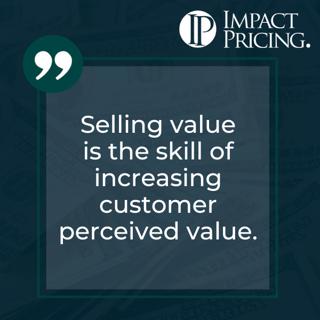
Memecast #67: Perceived Value
We all want our salespeople to sell more value. What does that actually mean though? If we think about it, our customers, whether they be consumers or businesses, they buy value. They exchange money for the value they perceive that they're going to get from our product, however they want to measure that value. Our job as a salesperson needs to be to make sure our customers, our buyers, understand how much value our product might be able to give them because the more value they perceive the more we can charge, the more likely we are to win the deal. Our job as a salesperson selling value then is to increase how much value our customers perceive from our products. We hope you enjoyed this memecast. This impactful insight came from the book, Selling Value, which I wrote to help salespeople win more deals at higher prices. If you have any questions or feedback, please email me mark@impactpricing.com. Now go make an impact. Connect with Mark Stiving: Email: mark@impactpricing.com LinkedIn: https://www.linkedin.com/in/stiving/
20 Juli 20221min

Grants, Scholarships, and Loans as Huge Factors of Pricing in Higher Education with Christine Carragee
Christine Carragee has been working as Carragee Consulting’s Business Consultant for more than six years now. She's done two different stints at the Vendavo – first as their Senior Pricing Consultant then as a Principal Consultant – so she certainly understands pricing. Christine was a Senior Pricing Analyst at Capella University. She lived on three continents before she was four years old. In this episode, Christine explains why it’s a must that you consider the segmentation of individuals when doing pricing in higher ed as she shares her pricing journey with Capella University. Why you have to check out today’s podcast: Find out how Capella University sets their price to students; Discover how financial aids such as scholarships and loans help you create good quality for the university; and Understand why it’s a must that think about the segmentation of individuals when doing pricing in higher ed “A huge portion of higher ed pricing is through the grants and scholarships and loans. And so, what you're initially paying at the time that you're doing your coursework is very different from what the total cost of a program is for you.” – Christine Carragee Topics Covered: 01:47 – How Christine got into pricing 03:02 – Learning about airlines from her roommate and the book Hard Landing 05:01 – Trying to put economic value to a university; Segmentation of individuals in higher ed pricing 08:48 – Capella University’s two tuition structures; Grants, scholarships, and loans in higher ed pricing 12:54 – What Mark loves about the way they do pricing in higher ed 14:48 – Looking at how competitors do pricing + accepting high achievers and issuing financial aid 17:04 – Christine’s pricing advice for the listeners 18:15 – Table topics: “Pricing champions drive pricing change” Key Takeaways: “There's a huge portion of pricing in higher ed that you have to think about the segmentation of the individuals, where they are in their life and then what their personal and professional goals are. There's a big pressure on colleges and universities to provide educations that have a financial ROI. But if you think about the history of university, especially in the U.S., many, many of the universities started as seminary schools or they started as state institutions with land grants, and they were more about having an educated population for a general purpose, involvement in society, and they were not the career track programs that we think of them as today.” – Christine Carragee “You can admit people who couldn't afford to come but have very high grades and have those personal statistics that make your institution look better on average by issuing financial aid.” – Christine Carragee “That's a self-reinforcing cycle, where once you become established or you have a reputation around having very good quality students, then it's going to attract more people who want to go to school with high achievers.” – Christine Carragee People / Resources Mentioned: Vendavo:https://www.vendavo.com/ Hard Landing book:https://www.amazon.com/Hard-Landing-Contest-Profits-Airlines/dp/0812928350 Connect with Christine Carragee: LinkedIn:https://www.linkedin.com/in/christine-carragee-83642b226/ Connect with Mark Stiving: LinkedIn:https://www.linkedin.com/in/stiving/ Email: mark@impactpricing.com
18 Juli 202221min
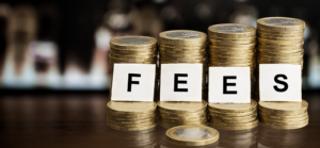
Blogcast #63: To Fee or Not to Fee?
This is an Impact Pricing Blog published on June 8, 2022, turned into an audio podcast so you can listen on the go. Read Full Article Here: https://impactpricing.com/blog/to-fee-or-not-to-fee/ If you have any feedback, definitely send it. You can reach us at mark@impactpricing.com. Now, go make an impact. Connect with Mark Stiving: Email: mark@impactpricing.com LinkedIn: https://www.linkedin.com/in/stiving/
15 Juli 20223min
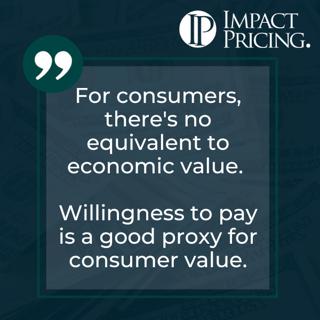
Memecast #66: Consumer Value
Last week, we talked about economic value and how businesses are able to calculate how much money are they going to make or save based on buying and using your product or solution. Sadly, consumers can't do that in almost all situations. I love this one blue shirt I get from Brooks Brothers but there's no way to calculate how much money that shirt makes me or saves me. Instead, it's a feeling I get. It's the fact that I've gotten compliments when I've worn that shirt. So, I have a willingness to pay for that shirt over other shirts. I value it more than I value other shirts. The only way I can think of to measure the amount of value is based on my willingness to pay. And this is true with our clients as well. When we start thinking about how much does a customer or a consumer value our products, we probably need to be thinking in terms of willingness to pay. We hope you enjoyed this memecast. This impactful insight came from the book, Selling Value, which I wrote to help salespeople win more deals at higher prices. If you have any questions or feedback, please email me mark@impactpricing.com. Now go make an impact. Connect with Mark Stiving: Email: mark@impactpricing.com LinkedIn: https://www.linkedin.com/in/stiving/
13 Juli 20221min
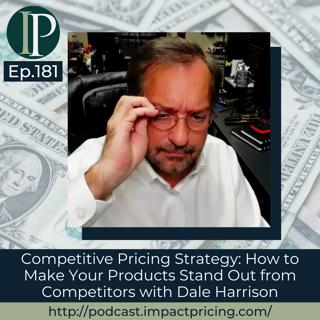
Competitive Pricing Strategy: How to Make Your Products Stand Out from Competitors with Dale Harrison
Dale Harrison has been consulting in life sciences for seven years now, but he's been an executive in biotech for 16 years. Dale started his career as a physicist. In this episode, Dale shares how he’s able to not make biotech products a commodity as he tells us the stories on how he gets inside the minds of both their customers and competitors. Why you have to check out today’s podcast: Understand the importance of stepping outside the product and the company when it comes to making a product stand out in the market; Discover why it’s a must that you get inside the head of both your buyers and competitors, especially with seeing where your competitors are blind in their framework; Find out how to get inside the mindset of your buyers and competitors through stories of tricks that worked “Pricing has little to do with analysis. Analysis is a supporting role, but only supporting. The real issue with pricing is getting inside the head of the customer, and equally importantly, inside the head of your competitor.” – Dale Harrison Topics Covered: 01:02 – Dale’s work around commercial development and its relation to pricing 01:45 – Why Mark despises the word commodity + selling products in the synthetic DNA business back in the 2000s 04:28 – Not making the products a commodity by trying to get into the mindset of the buyer 09:25 – More about the story; The “Got Probes” T-shirt 13:01 – Merging the company with a larger partner and becoming the VP of Sales and Marketing 14:10 – Telling the story about getting inside the heads of the competitors 17:08 – Were they able to charge a higher price because of the red cap? 21:14 – The challenge of keeping customers continuing to reorder and focus on you and not be looking elsewhere 24:05 – Dale’s pricing advice for the listeners Key Takeaways: “Commodity is a mindset. It's not about the product. It's about a failure of imagination around the product. But there are products that are much more commoditized than others.” – Dale Harrison “Again, these are very boring products, so if you talk about the product, no one's going to be interested because everyone already knows it. Nothing's changed and there's literally nothing to talk about. So, you have to talk about something different than the product and then tie it back to the product.” – Dale Harrison “The deal is whatever market you're in, every competitor imagines that they have some highly rational pricing process, and the fact is they don't. What they have is a framework – a mental framework – and their framework is their blindness. And if you can understand what their framework is, you understand where they’re blind. When you know where they're blind, you know how to work around them without them even seeing you.” – Dale Harrison Connect with Dale Harrison: LinkedIn:https://www.linkedin.com/in/dalewharrison/ Email: w.harrison@gmail.com Connect with Mark Stiving: LinkedIn:https://www.linkedin.com/in/stiving/ Email: mark@impactpricing.com
11 Juli 202228min
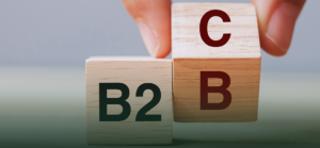
Blogcast #62: The Power of Economic Value
This is an Impact Pricing Blog published on June 1, 2022, turned into an audio podcast so you can listen on the go. Read Full Article Here: https://impactpricing.com/blog/the-power-of-economic-value/ If you have any feedback, definitely send it. You can reach us at mark@impactpricing.com. Now, go make an impact. Connect with Mark Stiving: Email: mark@impactpricing.com LinkedIn: https://www.linkedin.com/in/stiving/
8 Juli 20222min
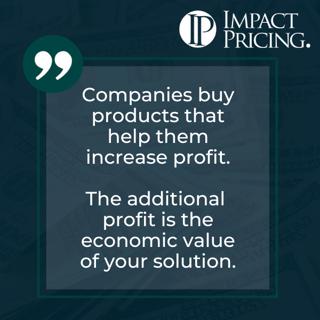
Memecast #65: Economic Value
It's true, every time we buy something, we buy it because we think we get more value than the price it's going to cost us. It's kind of hard for us as consumers to say how much is that value, and we think of that in terms of dollars. But in a corporate setting, how much they value something can almost always be decided by how much money do they think they're going to make or save because they're buying our product or our solution. That amount of money they're going to make or save is called economic value. If we learn how to interpret our features and our benefits into our clients' economic value, and especially if we can learn to help them turn it into economic value, it will become much, much easier for us to close deals and understand why our customers are buying or not buying in the first place. We hope you enjoyed this memecast. This impactful insight came from the book, Selling Value, which I wrote to help salespeople win more deals at higher prices. If you have any questions or feedback, please email me mark@impactpricing.com. Now go make an impact. Connect with Mark Stiving: Email: mark@impactpricing.com LinkedIn: https://www.linkedin.com/in/stiving/
6 Juli 20221min
